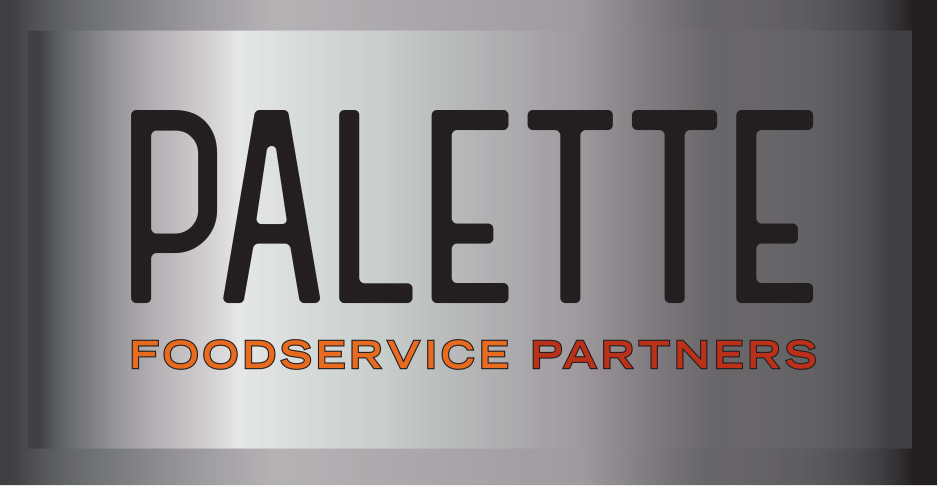 Nothing can spoil a guest’s appetite like being served by an employee who is clearly under the weather. On the flip side, providing an environment that feels safe to guests makes a positive statement about your hospitality. Now that we’re in the season where viruses are common – and guests are especially eager to stay healthy for festive occasions around the holidays – review your health protocols with staff. Monitor employees for signs of illness, reiterate your policy about when it’s necessary to stay home, and consider encouraging employees to stay up-to-date with flu and COVID vaccines. Since a clearer policy about staff health may result in more absences, identify potential back-up supports that may help you keep up with traffic – from retooling staff scheduling, to using more speed-scratch ingredients that make preparation easier.  At a time when restaurants must justify every expense, cutting corners can seem unavoidable – especially in areas your guests don’t see or appreciate. Food safety can be one such area – after all, guests are less likely to compliment a safe dining experience than complain about one that makes them ill. But consider the numbers. According to research from the National Institutes of Health, the cost of a single foodborne illness outbreak ranged from $3,968-$1.9 million for a quick-service restaurant, $6,330-$2.1 million for a fast-casual restaurant, $8,030-$2.2 million for a casual-dining restaurant, and $8,273-$2.6 million for a fine-dining restaurant. On the lower end, they considered the likely expenses generated by a five-person outbreak with no lost revenue, lawsuits, legal fees or fines. On the higher end, they considered a 250-person outbreak, with 100 meals lost per illness, as well as high legal fees and fines. Talk to Team Four if you’d like to find out how to get more from your food safety program.  It’s Friday night and three of your staff have called in sick. When this happens, would you ever ask the person who seems the least sick to still come in…just for a couple of hours? It can be tempting for short-staffed restaurants to make such a request, but this can have significant consequences. According to Francine Shaw and Matthew Regusci, food safety experts who host a podcast about the topic, more than 40 percent of restaurant foodborne illness outbreaks are caused by employees coming to work sick. What’s more, Shaw said only about 23 percent of restaurants have written policies in place telling employees not to come to work sick. As flu season approaches again, make sure you and your staff are clear on what symptoms should prevent them from coming to work. Some symptoms are clearer than others. Vomiting and diarrhea are among the clearer ones. But how about a sore throat, mild fever or bad cold? Make sure your policy is clear – and don’t be afraid to tell customers that their order may take a little longer because you’re short-staffed due to illness. Explain that you’re just trying to keep them safe.  Your restaurant could seemingly be doing all the right things when it comes to protecting food – storing it safely, keeping it at the proper temperatures, being mindful of cross-contamination. But those precautions won’t go far enough if you’re lax about having sick employees work. According to health officials, food workers who came to work sick or contagious have contributed to about 40 percent of restaurant food poisoning outbreaks in recent years, with norovirus and salmonella being the most common causes of illness. Even if you have a policy that, on its face, restricts staff from working while sick, it may not be doing enough. An ABC news report about the findings said while 85 percent of restaurants said their policies restrict staff from working while sick, only 16 percent of the policies were detailed enough to require workers to alert managers and remain home if they had certain symptoms of illness, including vomiting, diarrhea, and sore throat with fever.  If one of your guests were to get sick after eating with you, how quickly could you identify the source of the problem and, if necessary, eliminate it from your menu? Your ability to digitally trace each ingredient on your menu back to its source – and to do so quickly – can help you contain the problem before it impacts more guests and damages your restaurant’s reputation. As you work with suppliers day to day, ensure they can provide standardized data to trace ingredients with transparency. Understand how they will track an ingredient through the system, alert you in the event of a problem, and how easily they can be reached if you have an issue.  As summer wanes and cooler weather returns, flu season – and perhaps new Covid strains – are just around the corner. Take time now to put your business in a stronger position to respond to (and ideally prevent) staff illness. Fine-tune your cleaning and sanitation practices, as well as review your sick-time policy. Consider what potential medical benefits, such as a telemedicine benefit, might be useful to staff and workable for you. At the very least, make sure everyone is on board with proper and frequent handwashing – and provide sanitizer throughout your facility as an extra precaution. Adherence to proper handwashing procedures could go farther than anything else in helping to keep your team healthy. |
subscribe to our newsletterArchives
July 2024
Categories
All
|



 RSS Feed
RSS Feed